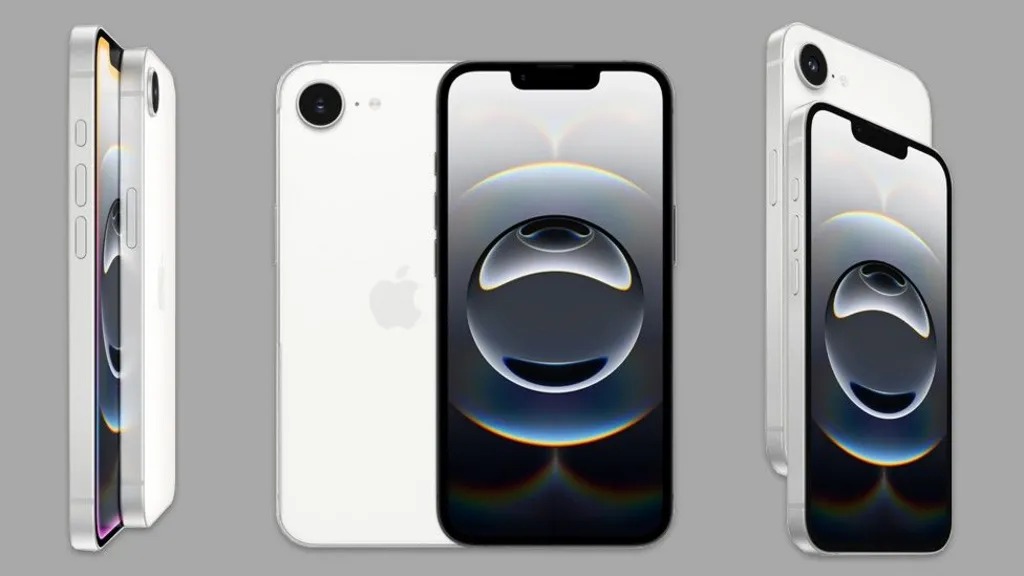
iPhone 16e AI Features Unveiled
Apple has launched the iPhone 16e, a budget-friendly model packing iPhone 16e AI features at £599—£200 less than the flagship iPhone 16. With iPhone sales dipping late last year, Apple hopes this device, powered by the same A18 chip as its pricier siblings, will reignite consumer excitement. The iPhone 16e offers similar storage but cuts corners with fewer cameras and a notch display. Pre-orders start February 21 across 59 countries, targeting cost-conscious buyers and older model owners. Will its AI capabilities, dubbed Apple Intelligence, turn the tide?
How iPhone 16e AI Features Boost Value
The iPhone 16e AI features, built on the A18 chip, include smart tools like photo cleanup and ChatGPT-enhanced Siri, promising to save time and spark creativity. CEO Tim Cook touts its “performance, intelligence, and privacy” as core strengths. Unlike past flops—like the £3,500 Vision Pro headset—these AI tools aim to justify Apple’s £150 billion R&D spend over the past decade. Analyst Paolo Pescatore told BBC News this could “accelerate adoption” of Apple Intelligence, especially in markets like India, where premium iPhones remain out of reach.
Yet, not everyone’s convinced. Cory Johnson of Epistrophy Capital Research quipped that Apple’s AI efforts have yielded little beyond “ski goggles and HomePods.” The iPhone 16e also debuts Apple’s C1 modem, ditching Qualcomm’s chips to cut costs and align with Cook’s 2009 vision of controlling core tech. Tech influencer Marques Brownlee called this shift the device’s “most lowkey interesting” perk. For more, check BBC or explore Kenkou Land.
Main Body: A Gamble on Affordability and AI
Apple’s iPhone 16e AI features mark a strategic pivot. Priced at more than double the original iPhone SE’s £299 from 2016, it’s still the cheapest way to access Apple’s AI on a new handset. The company bets this will lure budget buyers and spark upgrades among users of models from 2019 onward—its website even nudges them with a “time to upgrade” graphic. Forrester’s Dipanjan Chatterjee sees a “new revenue stream” here, plus a chance to grow the Apple ecosystem in emerging markets.
But skepticism lingers. Analysts question if AI—despite ChatGPT integration and photo search tools—will drive sales. Early hiccups, like suspended AI news alerts after fake BBC headlines, haven’t helped. Other brands offer similar features, yet the iPhone 16e stands out for affordability. Its A18 chip ensures it runs the same apps and games as flagship models, a rarity at this price. Still, with fewer cameras and no Dynamic Island, it’s a compromise. Johnson argues Apple’s AI should shine, yet “fanboys and investors” remain underwhelmed.
The iPhone 16e’s success hinges on execution. If it hooks new users and upgrades stagnating sales, Apple’s gamble pays off. If not, it’s another pricey R&D footnote. For now, its C1 modem and AI tools offer a fresh hook—whether it reels in buyers remains to be seen.



